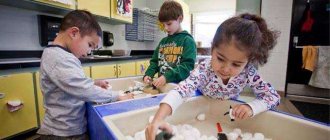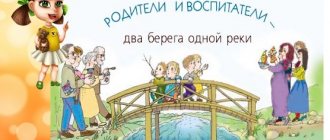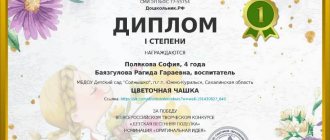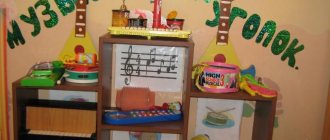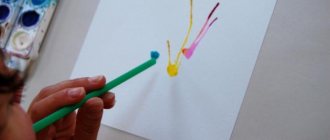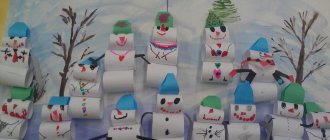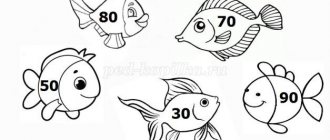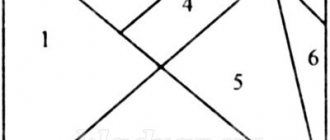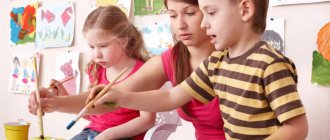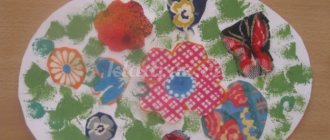Difficulties and questions
I have already raised this topic in the article “Self-analysis of a teacher: how to compose it correctly?”, but despite the presence of many methodological recommendations in the literature and the Internet, my colleagues, especially young ones, have difficulties in this matter. I've talked before about the general self-reflection that goes into a portfolio. And today I will write about self-assessment of any activity that is conducted in kindergarten.
It should be understood that such documents are like a professional autobiography, but not just listing reliable information about periods of life, but with an analysis of mistakes and achievements. A self-respecting teacher will make every effort not to submit a poorly compiled analysis of the work done to management for review.
If you ask a truly adequate methodologist what he or she wants to see as a self-analysis of the lesson, then I am sure he or she will answer the following: “I want to read a logically structured, competent, reasonable self-analysis, supported by specific facts.” Do you, colleagues, think I understand the requirements for this document correctly? Respond, dear teachers!
It is no secret that even experienced educators, who will carry out any event with a bang, when writing an analysis then stumble on the wording of sentences. I’m like that myself, although I have to write a lot of things both at work and on the blog. But here natural laziness helps me: in order not to do extra work every time, I worked hard once, but made a kind of matrix - a sample for myself and now I will share it with those who need help.
Let's look for answers on the Internet...
I will not change the established tradition - to make for you a selection of useful, in my opinion, books and manuals.
So, after searching in UchMag, I found something special:
A bestseller in popular psychological literature, a book by an outstanding woman – Karen Horney “The Psychology of Women”. The language of the book is relaxed, funny, the topic is relevant for representatives of the weaker sex, so to speak - how to overcome internal conflicts and how to recognize the psychotype of the people around you. In addition, the author publishes a unique technique - an example of personal introspection. I think this is a very interesting book that will be useful to any woman.
As for professional activities, I advise you to pay attention to the electronic manual “Performance Map of the Professional Activities of a Teaching Worker.” This is a CD with guidelines for creating self-reflections, portfolios, etc.
The printed manual “Self-analysis of the educational process: analytical activity, structure and content” is intended for heads of educational institutions to provide a scientifically based system of activity and management.
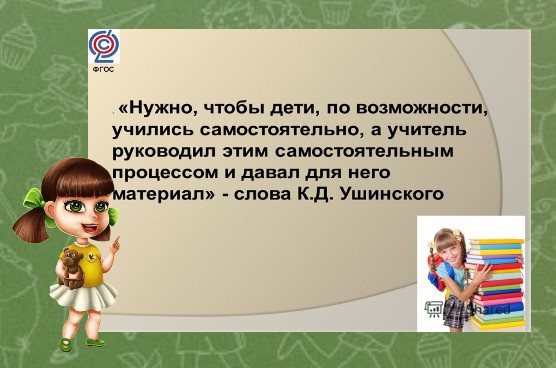
I understand that I haven’t presented you with many manuals on the issue of step-by-step compilation of self-analysis for a lesson, but I have already written and recommended thematic manuals on this topic several times, but I don’t want to repeat myself.
What difficulties arise when compiling a self-analysis of a lesson?
Despite the fact that I have a younger group, the recommendations for writing self-analysis are common to everyone, so don’t be shy, take my work and use it for your health.
So, first, let's look at the mistakes that we all make when analyzing an event. When we begin the textual part of self-analysis, we get carried away with describing the process of the lesson, but forget to formulate the problem that we planned to solve through a specific lesson.
For example, you conducted a lesson on the topic “Vegetables” in a middle group or in any other group. What problems or tasks do we want to solve with this theme? After all, it’s not just that a lesson in kindergarten is planned, but with the goal of achieving something, isn’t it? This means you need to write, like, that there is a problem with the development of fine motor skills and vocabulary in children. Since these concepts are interrelated, during the lesson the problems will be solved comprehensively.
In general, the problems that we can put in the introductory part (preamble) of introspection are quite typical:
- Speech development;
- Development of fine motor skills;
- Activation of creative abilities;
- Improved communication;
- Socialization of children, etc.
It is better if the problem is consistent with the topic of self-education. And do not forget that the problems are also closely related to the age groups of children. For example, in a pre-school group, be sure to focus attention in posing problems on a topic that corresponds to the trends of modern school education.
In addition to posing the problem, educators often forget about the need to indicate the difficulties encountered during the lesson. It is believed that a good teacher cannot have any shortcomings in his work. But we all know that everyone has their own weaknesses, and the ability to highlight them is not an indicator of inexperience, but, on the contrary, demonstrates your objectivity in relation to yourself.
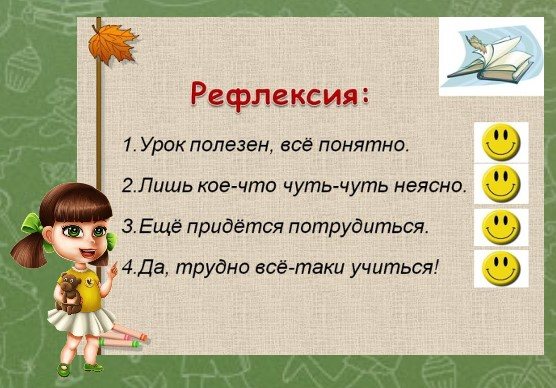
It also happens that the teacher is interested in statistics: the text is replete with numbers and percentages. But it’s better not to go too far with this. The structure of self-analysis does not presuppose dry statistics, but a clear presentation of the results of a study of the justification for using a particular technique when conducting a specific lesson.
Middle group. Junior preschool age. Children 4 - 5 years old
Role-playing game “Let's take dolls for a ride in a car” for children of primary preschool age with self-analysis Goal: development of the ability to transfer familiar actions with building material to new play situations. Objectives: -Develop the ability to play with peers. - with the help of an adult, perform several game actions united by a plot outline. -promote the desires of children...
Self-analysis of the developing subject-spatial environment of the middle group
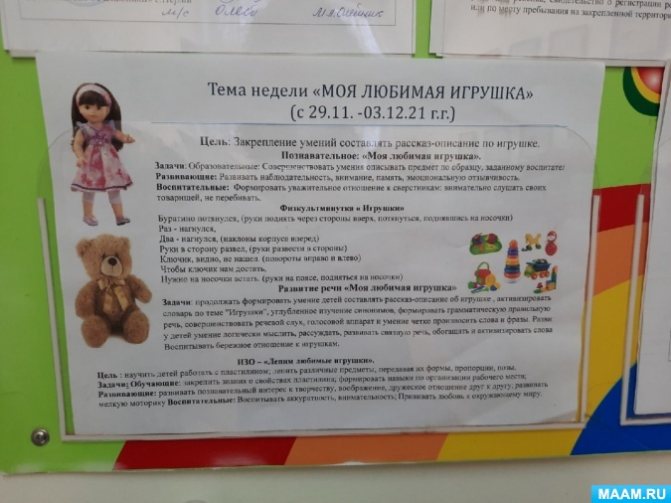
When building a subject-developmental environment in our group, we remembered “On the approval of the federal state educational standard for preschool education.” According to clause 3.3.4. According to the standard, the subject-spatial environment of the group should be content-rich,...
Teacher Self-Analysis Matrix
The lesson self-analysis plan, which I promised to publish and which I adhere to in my work:
- Topic of open lesson;
- Formulation of the problem;
- Problems that are expected to be solved;
- Demonstration material that will help reveal the topic;
- Forms of motivation or problematic situations that I use to awaken children’s interest in the activity;
- How many parts does the lesson consist of? Listing of methods and techniques for each part;
- Game techniques and moments during the lesson;
- Forms of work (in pairs, subgroups, individually, collectively);
- Dynamic game;
- Techniques for speech development;
- Problems during class;
- Analysis of activity, interest, attention of children in the process;
- How was the outcome of the lesson?
- Conclusion.
I write each point in this way: what am I doing and why. I used the technique - I make sure to justify the choice. As they say, not a word is wasted.
I am sure that this approximate plan for self-analysis will be suitable for educators in both the older and younger groups. But I would be very grateful if one of my colleagues complements and criticizes it. As for the volume of self-analysis, I have come across scary numbers - from 7 to 20 pages of printed text. I don’t know who can handle such an amount? Why, one might ask, burden both yourself and management with your opuses and what can you write about for as many as 20 pages?
I think that 3 sheets is quite enough, even too much. You'll just get tired of writing these self-analyses.
I hope you found something useful from the article? If so, show it to your fellow professionals from social networks, and subscriptions to news are still open!
Sincerely, Tatyana Sukhikh! Till tomorrow!
By the way, I recommend reading:
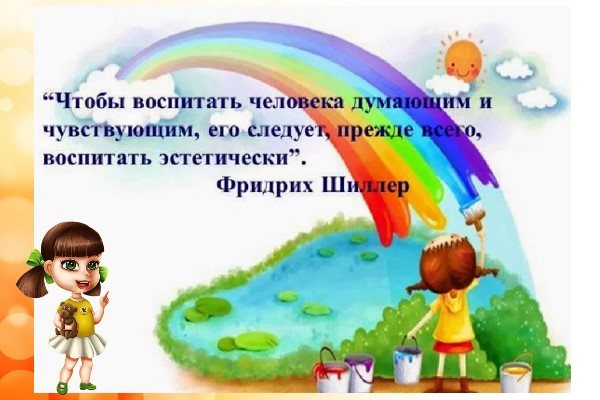
Self-analysis and technological map of the lesson “Some properties of air”
- June 29, 2020
International and All-Russian competitions
All-Russian competition of pedagogical excellence “Methodological piggy bank of a kindergarten teacher”
The lesson was conducted by Khrykina O.A., teacher of the MDOU Kindergarten “Golden Key” in Zheleznogorsk-Ilimsky, Irkutsk region.
In the system of specially organized educational activities within the framework of the thematic block “The Air Around Us”, this lesson is the first introductory lesson.
The purpose and objectives of the lesson are interconnected and appropriate to the age of the children.
The content of educational activities is clearly structured into three main stages: organizational-motivational, informational-practical and reflective-evaluative.
At the first organizational and motivational stage, I created a motivational situation corresponding to the age category of children, using the game characters Shar Sharycha (balloon) and Kam Kamycha (stone). The children were asked to help find out the reason for Shar Sharych's failure in the competition with Kam Kamych.
She relied on the children’s personal motives with the question “Who wants to help?” The game experiment “One, two, three – touch the ground” allowed children to be motivated to be productive
In the main, informational and practical part of the lesson I used the following methods and techniques:
- visual (use of map diagrams of the rules for conducting experiments, use of multimedia in the game “Who Needs Air?”);
- practical (experiments and experiments to identify certain properties of air, articulatory gymnastics);
- verbal (questions of a searching and leading nature);
- gaming (game characters, game "Air Catchers")
To reinforce ideas about air and the need for air for all living things, I used a productive method - drawing on balloons.
At this stage, I created choice situations : choosing a place to catch air, choosing a picture on a ball.
The tasks for children have a sufficient level of difficulty and correspond to the age category.
During the lesson I used the following ways to organize children:
- in subgroups (in the game “Air Catchers”);
- in pairs (experimental game “One, two, three - touch the ground!”)
- individually (experience “Air is lighter than stone”, drawing on balls);
- frontally (conversation with characters, drawing conclusions, final discussion of experimental results).
I followed the methodology for guiding children’s experimental activities
The final part of the lesson was aimed at developing children's reflective assessment skills, which corresponded to the age characteristics of the children and was interconnected with the purpose of the lesson.
I discussed with the children the prospect of using images on balloons (use them in the “Save the Air!” campaign, distribute them to adults on the street or to parents of older children). The reflective component is interconnected with the motivational one: they wanted to help Shar Sharych - they helped.
During the lesson I implemented the basic didactic principles:
- availability of material sold, taking into account age characteristics;
- visibility when performing tasks.
The activity-based and personality-oriented approaches were clearly expressed (situation of choice, creation of a situation of success, different forms of organizing children, reflexive component). A sufficient degree of motor activity of the children was observed (various forms of organizing tasks). I noted a high degree of cognitive and speech activity in children.
Thus, the use of the above methods, techniques, ways of organizing children, principles and approaches in the lesson made it possible to realize the assigned tasks and purpose of the lesson in full and achieve the planned results.
